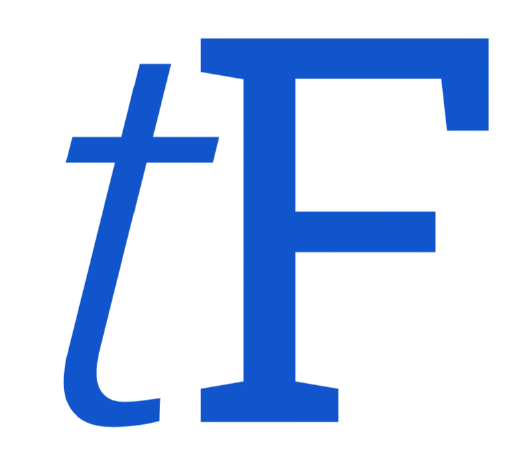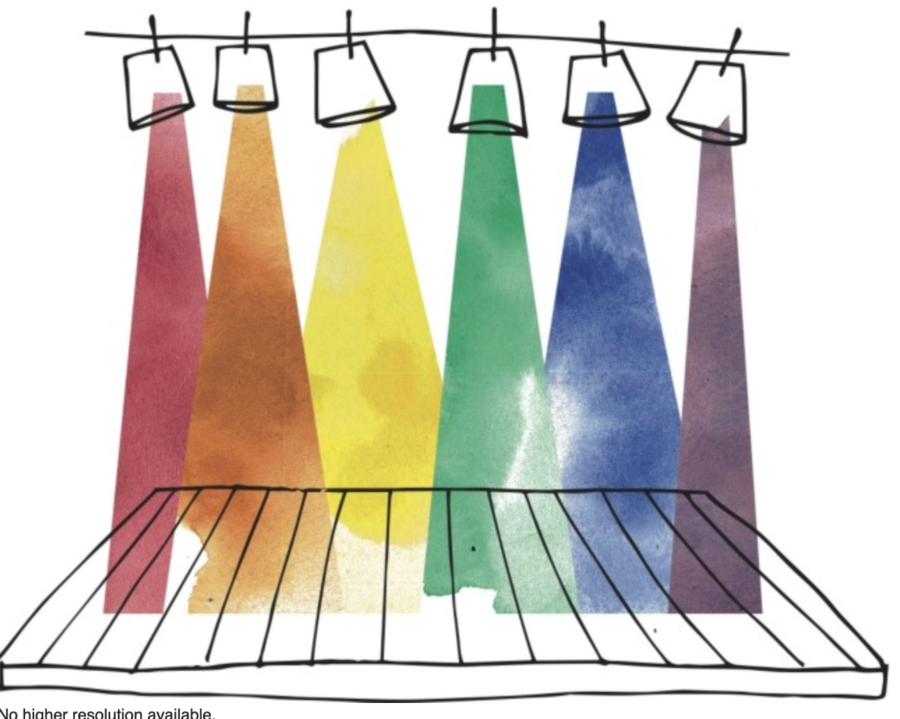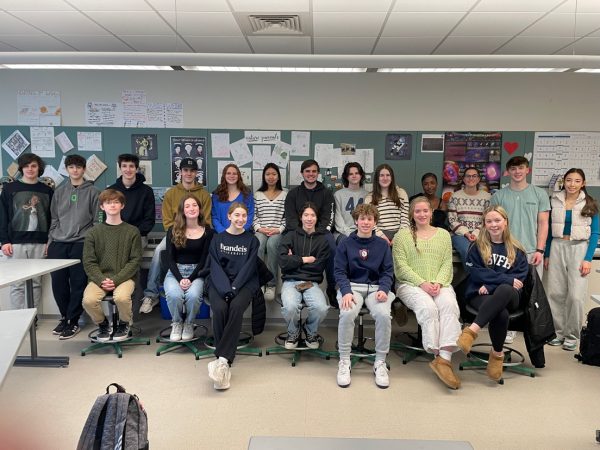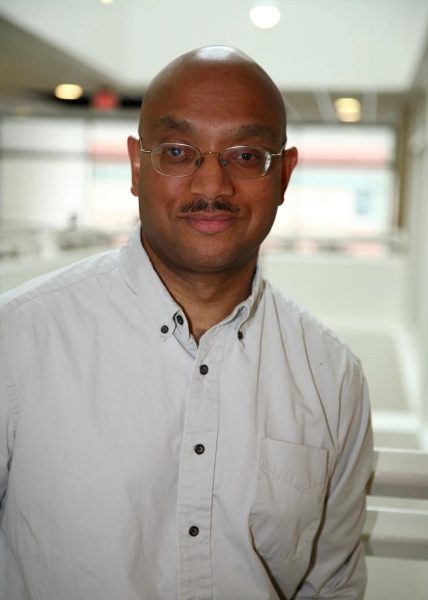Perspective from LGBTQIA+ Dancers
While arts and dance communities are known for supporting their own and being innovative, it can still be a challenge for diverse artists to find spaces where they feel free to be themselves.
Specifically, the gender binary and heteronormativity have deep roots in the dance industry, especially ballet, which is the foundation for many other styles of dance. It is expected that women wear skirts, pink tights as well as dance en pointe, and they partner with traditionally masculine men who perform large series of jumps and turns. Expectations are inevitable, but the plethora of rules surrounding the art can make non-binary and Queer dancers feel uncomfortable at times.
Emma Schwarz (she/her) is a junior at L-S, and she has been involved with performing arts for fourteen years. She believes that the dance world is heavily rooted in stereotypes and explains, “…that tends to keep older adults who have been in the dance world since they were children more close minded.” As a result, “many of the choreographers and directors are stuck in these outdated traditions.”
Dancers need to be in time with each other and have fairly uniform appearances. Consequently, the pressure to blend in coupled with the, at times, strict gender and sexuality norms can produce a challenging environment for LGBTQIA+ dancers. They can often feel torn and divided within themselves, even without pressure from peers or higher authority. Hannah Boone (she/they), an eighth grader from Sudbury, feels that “it can be harder to express ourselves when we feel pressure to fit the stereotypes.” They explain that strict dress codes, which are common in many dance companies, “expect more feminine-presenting people to wear leotards and tights and masculine-presenting people to wear pants.”
On the other hand, Dino White (they/ them) prefers to switch between dress codes, opting to wear pants and a shirt on some days and a leotard on others. However, they have realized that “looking more feminine has made many people think I’m comfortable with wearing the female dress code.” Having danced for eleven years, another stereotype that has a significant impact on them is the idea that females should have long, naturally-colored hair. White explains that when they cut their hair short, they faced some confusion and backlash from others. “I had multiple people saying I would have to wear a fake bun or grow out my hair, so I would fit in with the rest of the dancers, when my entire goal with cutting my hair was to be me and not fit in with the rest,” White remarks. By and large, they recognize that themself and others they know have “felt under pressure with people telling us to change ourselves because we are Queer.”
Moreover, LGBTQIA+ dancers seldom find sufficient representation in the professional dance world. Annie Knightly (she/her) is an 11th grader who has been dancing competitively for four years. “Sexuality and gender are not really discussed in the dance world,” she says. Rather, traditions are simply followed and stereotypes and stigma continue to be produced. Emma Schwarz agrees, also citing her experience with difficulty finding adequate representation for genderqueer individuals and LGBTQIA+ women specifically. “I cannot name a single genderqueer professional dancer, and Queer female dancers are few and far between… and even for these Queer people who try, they are often ignored, cast aside, and discouraged,” she states.
Finding a Queer community within their dance community can be vital for Queer dancers to feel seen and valued. Although they have faced challenges, White is grateful to have found supportive and like-minded friends on their dance team. “They have made extra attempts at making us feel included,” White explains. Boone has spent six years at the same performing arts studio, and she has been able to find a Queer community within the larger dance community there. “It comforts me to know that there are others who are experiencing the same problems and feelings,” she remarks. Knightly concurs, saying that being friends with other LGBTQIA+ dancers makes her feel “like less of an outsider.”
Dance undoubtedly has its challenges for artists who challenge social norms. Nevertheless, it is an art form that allows people to express themselves from their own movement. “I have been dancing all my life, and it allows me to live in, let go of all my emotions, and take my mind off the outside world,” Schwarz says. Simply put, the performing arts are a way to share human experiences, and it is imperative that all people feel safe and valued for bringing their full selves to the table.
I have faith in the industry that we will continue to move in a progressive direction. We all need to make a deliberate effort to amplify and listen to Queer artists in our communities. No matter their identity, every dancer should have a place, and they deserve to be treated with respect. As Schwarz explains, “we just need to keep making enough noise calling for representation and inclusion.”







